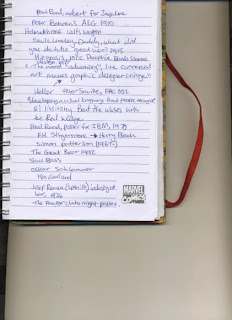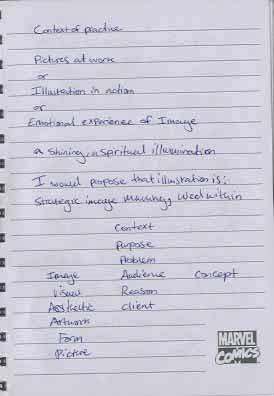These symbols are basically the same thing just with one colour that separates them both and thats the red and the green. One is the symbol of a country (switzerland, red and white) and the other is a medical symbol (First aid, green and white).
Today in contextual studies we talked about the meaning of visual literacy, what it means to the world in general and how we perceive visual communicative object or images. We solve problems of communication through type image or motion, we are generally looking at symbols everyday that cross over from one another with various similarities e.g. English flag and Denmark flag feature the same aspects of design with cross and chosen colours of red and white the only difference is that they are in reverse. We were given a talk through of how we see symbols because of colour and shapes e.g. the colour blue being for men and pink being seen as a feminine colour for women, there for being associated with females. Questions always come to mind like why we see photos graphs as real images, "is a photograph of an apple a photo of a real apple, no because it is designed to look like a real apple that is seen ideally to the eye, it may look to perfect to be an apple because of the amount of work gone into editing it neatly. It is our job to communicate through imagery to our audiences so everything is understandable to our audience, because it is a quicker way of understanding something and they always say a picture paints a thousand words, why?, who?, how?, what? and where?
Notes from context of practice (lecture 2) visual literacy















































